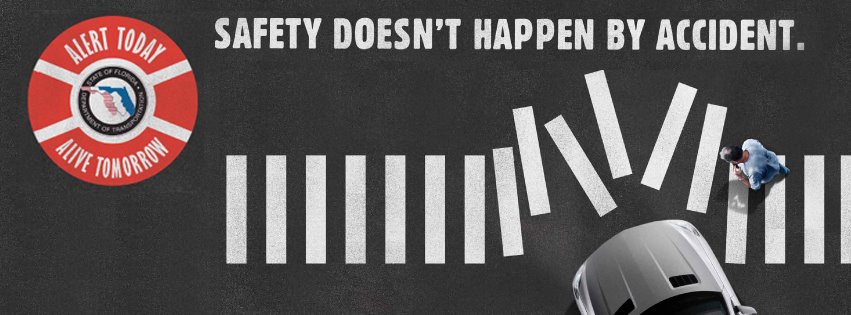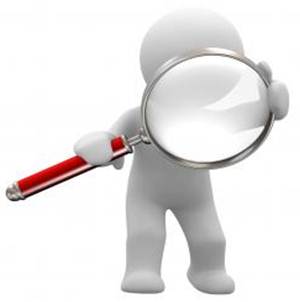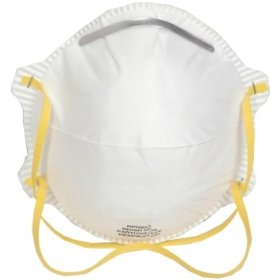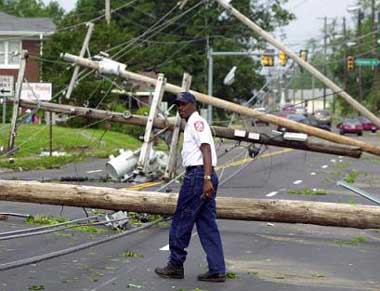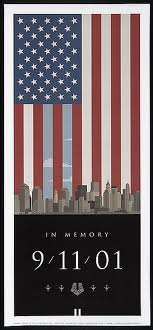 OSHA has recently announced the renewal of 24 existing OSHA Training Institute (OTI) Education Centers, along with four new ones. The purpose of the current training centers is to provide training courses on OSHA standards and occupational safety and health issues, and additional outlets for safety and health training with the new ones.
OSHA has recently announced the renewal of 24 existing OSHA Training Institute (OTI) Education Centers, along with four new ones. The purpose of the current training centers is to provide training courses on OSHA standards and occupational safety and health issues, and additional outlets for safety and health training with the new ones.
The OTI Education Centers program was created in 1992 and have been providing nationwide training to private sectors and federal personnel from agencies outside of OSHA. By the end of fiscal year 2012, more than 40,000 people were t rained through this training.
rained through this training.
The OSHA Outreach Training Program is assisted by the OTI Education Centers and serve as the principal provider of Outreach Training Program trainer courses including all train-the-trainer topic areas that certifies them to teach 10-hour or 30-hour courses. During fiscal years from 2010 to 2012, more than two million people were trained through this program.
"This year, we have seen record numbers of requests for occupational safety and health training from the private sector and federal agency personnel," said Dr. David Michaels, assistant secretary of labor for occupational safety and health. "The renewal of OTI's Education Centers and the addition of four new centers will help OSHA to meet this demand and deliver life-saving training to our country's employers and workers."
It's important to note that the OTI Education Centers courses are not mandatory by OSHA and does not meet training requirements for any OSHA standards. OSHA doesn’t provide funding to the OTI Education Centers, as each location supports its training through tuition and fee structures.
To view the list of the current and new OTI Education Centers, visit http://www.osha.gov/pls/oshaweb/owadisp.show_document?p_table=NEWS_RELEASES&p_id=23058.
For more information on OSHA 10-hour general industry or construction certification, call us at 407-353-8165 or visit us at https://safetylinks.net/index.php/training/osha-msha-courses.
Continue Reading
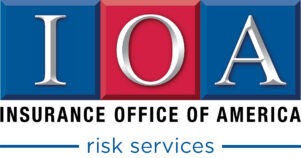

 rained through this training.
rained through this training.